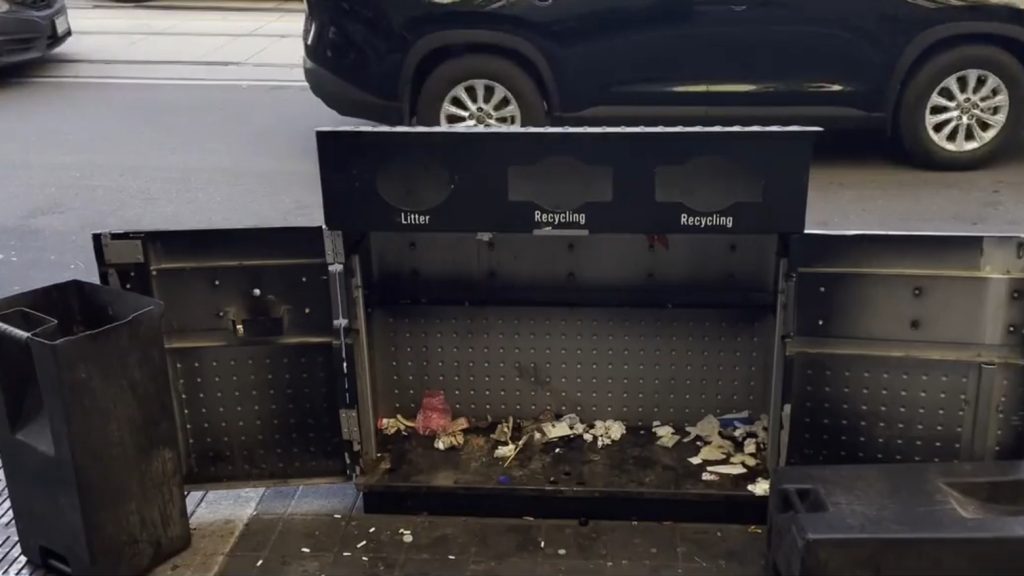Old NASA satellite to smash into Earth this week
Posted September 20, 2011 6:54 am.
This article is more than 5 years old.
An old NASA satellite about the size of a bus will come smashing into Earth later this week and the U.S. space agency says there shouldn’t be anything to worry about.
The good news is the satellite has an estimated 3,200-to-one chance of killing or injuring someone.
The bad news: the debris could come down in Canada.
Peter Brown of the University of Western Ontario says current trajectory has the satellite landing anywhere between the globe’s 57th parallel in the north and 57th parallel in the south.
That means the only places in Canada outside the potential impact zone are the Northwest Territories and the Yukon.
But if those 3,200-to-one odds aren’t reassurance enough Canadians can rest even easier knowing that not only can the course change, all indications suggest it’s most likely to land in water.
“It can’t be pinned down very accurately at this stage,” Brown said in an interview. “Odds are it’s (coming down) over the ocean, but right now it’s still not known.”
NASA has said there’s a very low probability of anyone being hurt by huge chunks of the so-called Upper Atmosphere Research Satellite (UARS).
NASA came up with its risk estimate after it a re-entry assessment for UARS in 2002. That assessment remains the same today.
Phil Langill of the University of Calgary agrees it’s hard to predict exactly where chunks of the satellite will eventually come down.
“What’s slowing it down is friction with the atmosphere and that is a tricky thing to calculate based on many, many variables,” he said in an interview.
“If it does happen to come down over some land mass, then you’ve really got cities to worry about.”
The director of Calgary’s Rothney Astrophysical Observatory says satellite chunks could also hit land on the Prairies and the Canadian shield where there’s nobody around.
But he reiterates that the odds are “very, very good” debris will land in water because the satellite spends most of its time over the oceans.
UARS was first launched by U.S. Space Shuttle Discovery in September 1991 and was decommissioned in 2005.
It’s now expected to re-enter the Earth’s atmosphere on Friday, “plus or minus a day,” NASA said on its website.
Langill says if the satellite falls back to Earth during darkness, it will put on quite a show as it burns up in the atmosphere.
“If it comes down at night when the sun is below the horizon and the sky is dark, people will be lucky enough to see a very spectacular streak across the sky — like the biggest fireball they have ever seen.”
But Langill adds that if it drops to Earth during the daytime, most people will probably not notice it.
About 26 potentially hazardous pieces of the satellite were expected to survive re-entry and about 450 kilograms of debris may make it to the ground.
The out-of-control satellite is almost 12 metres long and five metres in diameter and weighs about 5,900 kilograms.
A flying entity that big could, in theory, also carry some big liability consequences.
Western Ontario’s professor Brown says the U.S. government could be held legally responsible if satellite debris comes slamming down on a person or causes property damage.
“My understanding is that if it’s an object that falls to Earth the country of origin for the launch is responsible for any casualties,” he said.
“In this case it wouldn’t be NASA per se, but the United States more generally, that could be liable if someone is hit or killed or if there’s property damage.”
Brown noted that the Soviet Union paid Canada part of the cost of cleaning up Cosmos 954, a nuclear-powered satellite that crashed in the Northwest Territories in the late 1970s.










